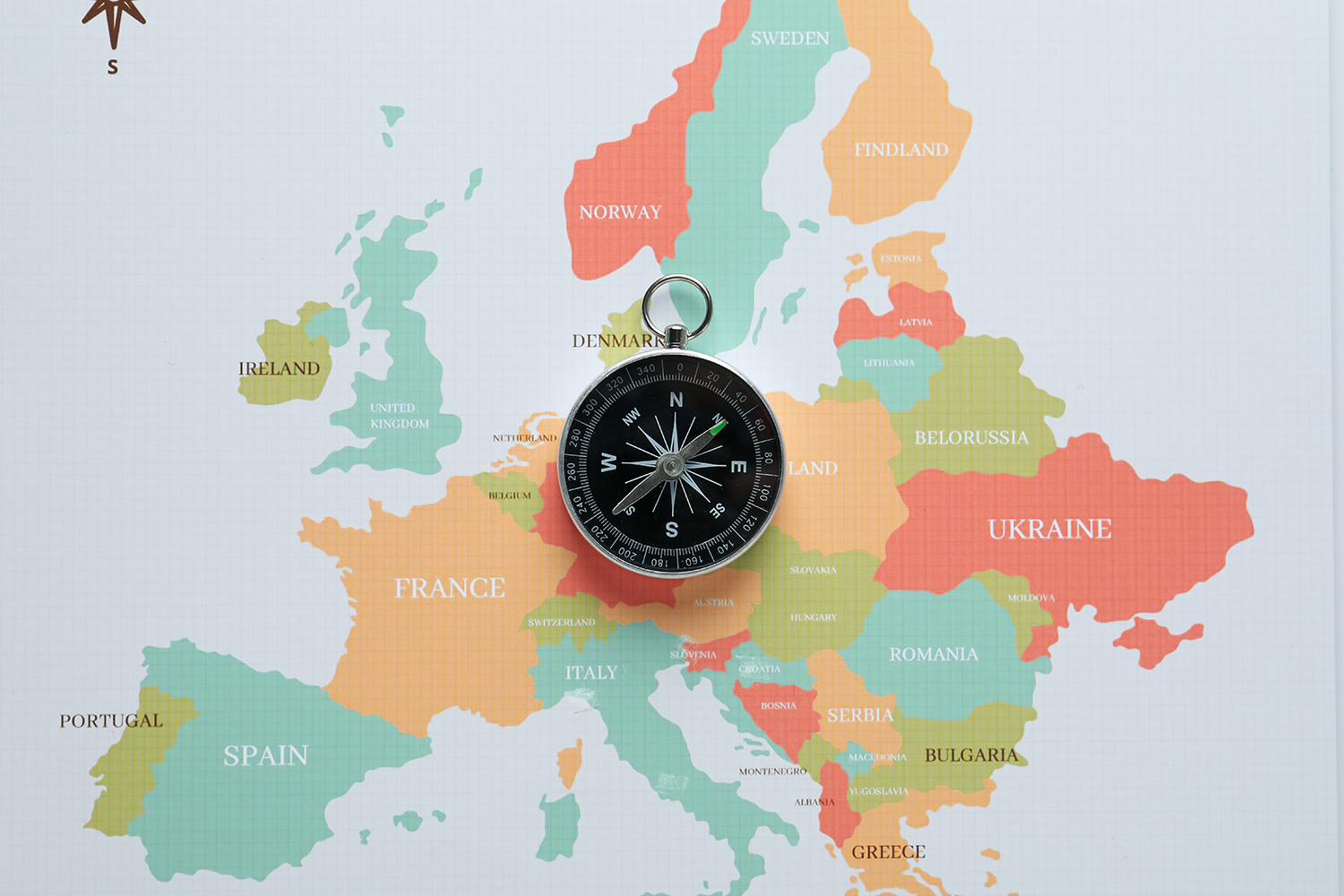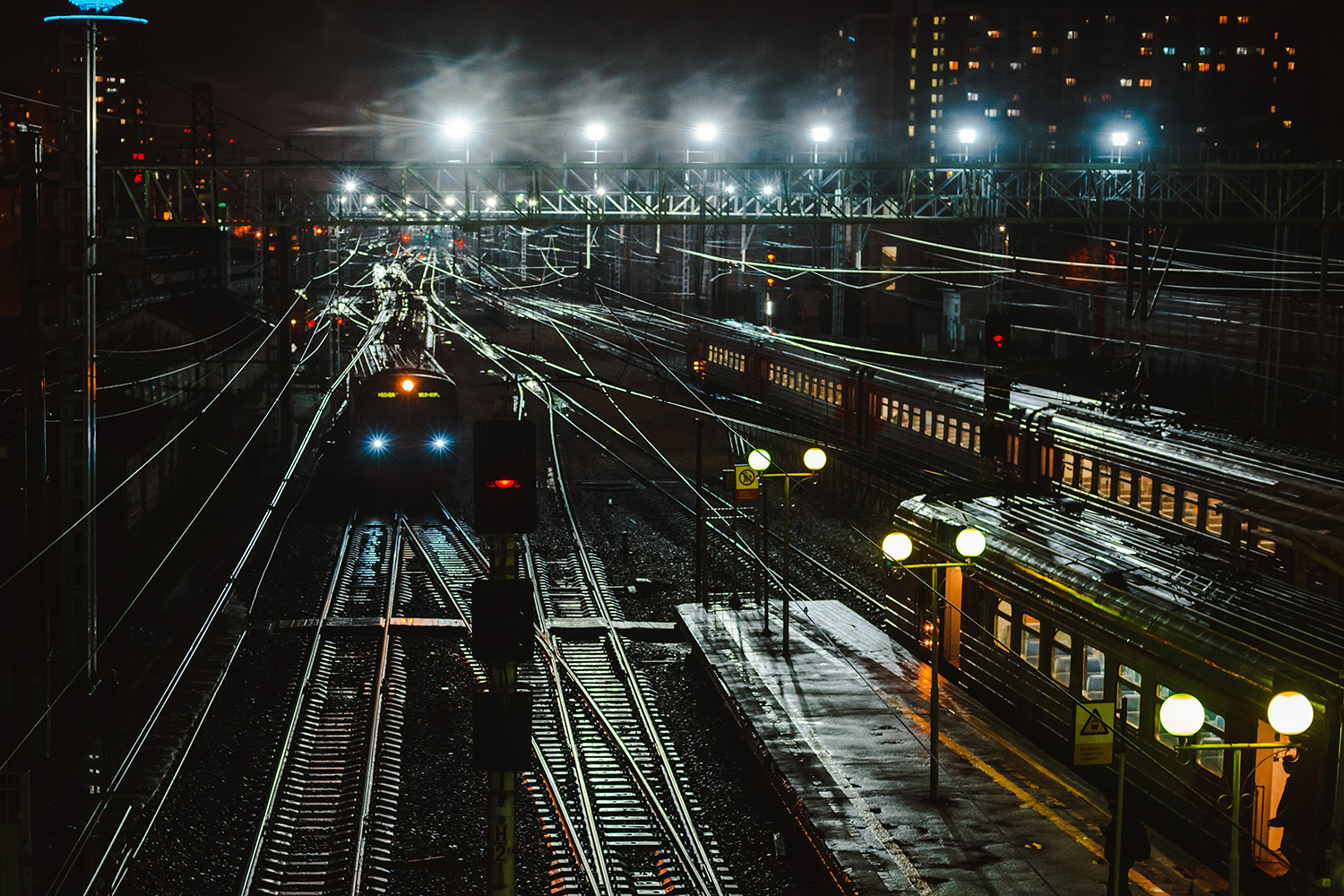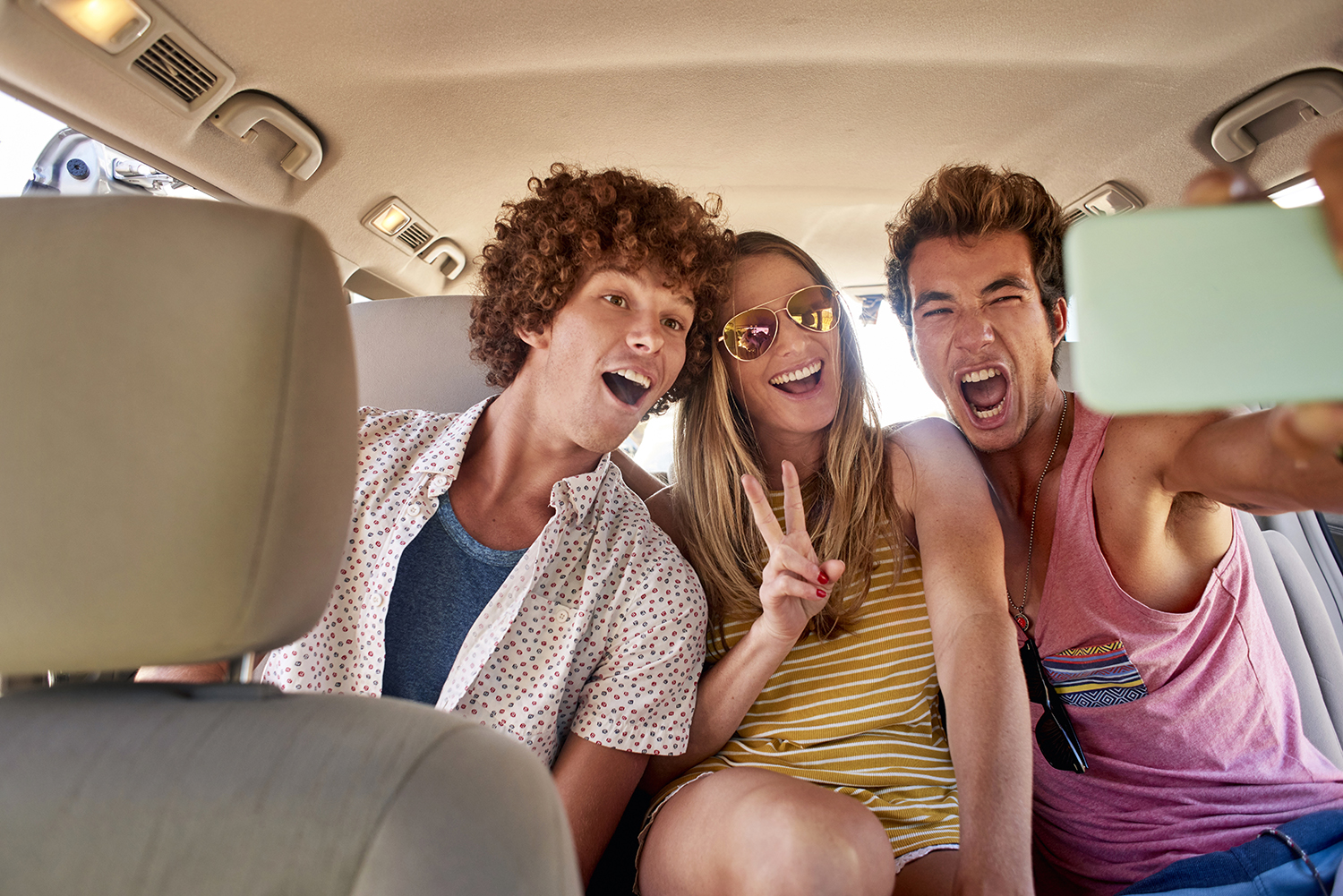Travel Europe Without Flying!
Travelling in Europe is wonderful! You can easily move around and experience many different cultures, languages and landscapes. Most European borders can be crossed without any trouble and there is a well-developed transport network put in place. To travel across the continent, many people take a plane, the fastest means of transport for long distances. But the carbon footprint of flying is particularly negative. No other mode of transport emits so much carbon dioxide or CO₂!
Jochen Dallmer
Travelling by land is much more environmentally friendly and you actually get to see more of Europe. The change in the landscape, the cities and stopovers, the passengers getting on and off the train – the buzzword for this is "slow travelling".
Our Mobility and Climate Change workshop educates young people about this exact issue.
Travelling by land is much more environmentally friendly and you actually get to see more of Europe. The change in the landscape, the cities and stopovers, the passengers getting on and off the train – the buzzword for this is "slow travelling". So instead of jetting off to Barcelona or Copenhagen to see the main tourist sights, you could take more time and enjoy the journey as part of the travel experience. Travelling sustainably, e.g. by bus and train, can not only be environmentally friendly, but also improve the overall experience of the journey.
For some connections, flying only seems like the fastest option. For example, a flight from Berlin to Paris takes just under 2 hours, but if you include the time it takes to travel between the airport and the city, check-in, security, boarding, and possibly waiting for your luggage, it is hardly any faster than the 8 hours it takes by train, and probably much more exhausting.
Find and compare your best connection options
Right now, there are many good reasons to give up flying. And to make it even easier, we have put together an overview of how to get around Europe by land:
An initial overview of travel options without boarding a plane can be found via Google Maps and on websites such as Rome2Rio. However, the suggested connections should be checked again, preferably directly on the website of the transport company offering the service, as sometimes there are roadworks or new changes in timetables that have not yet been updated.
Taking a bus is most often the cheapest option for travelling overland through Europe. The long-distance busses can take you almost anywhere. The market leader is Flixbus with journeys to over 40 countries. You can also find other connections and providers on the CheckMyBus platform. However, long bus journeys, especially overnight, can also be exhausting, as it is a bit cramped and not everyone finds it easy to sleep sitting down. Explicit night buses with comfortable reclining seats, such as those found in many Asian countries, do not yet exist in Europe. In 2025, the Swiss provider Twiliner plans to launch services from Zurich to Barcelona.
Travelling by train is usually more comfortable. The information from the Deutsche Bahn offers a great overview, as it shows connections throughout Europe. You can also use Rail Europe.
If you would like more information and impressions of the respective rail journeys, you should visit the Seat61 website, where a rail enthusiast, along with his fan community, compiles everything important about rail journeys all over the world. The collection for Europe is especially comprehensive and up to date.
There are special offers for the many international connections, especially when travelling to a neighbouring country, such as DB Sparpreis-Europa or ÖBB Sparschiene Europa. Another option is the Interrail Pass, which allows you to travel to up to 33 European countries, making it perfect for longer journeys through Europe.
Night trains, tradition and future of relaxed travelling
Travelling by night train is a special experience, as it allows you to get from A to B while you sleep. You can directly start the day at a new place, feeling somewhat well-rested. Night trains usually offer seating carriages, couchette carriages and sleeping carriages. If you book early, you can also find good deals for the better categories and then travel not only more comfortably, but also more affordably. Unfortunately, some railway companies, such as the Deutsche Bahn or the Spanish Renfe, have discontinued their night train services. But others, such as the Austrian Railways, are offering more and more international night train connections, even adding some new ones. Here is a great overview: Europe's Night Train Map
These are some of the most popular night train connections in Europe:
- Nightjet connects over 25 European cities with modern night trains.
- Snalltaget connects Sweden, Denmark, Germany, and Austria.
- Europeansleeper connects Czech Republic, Germany, Netherlands, and Belgium.
- There are rumours that Spanish night trains will resume service, including the night train connection Lisbon–Madrid, but it is not confirmed yet.
There are currently many initiatives to get more night trains on the rails in Europe, but it is not an easy endeavour. In France, for example, a bunch of highly committed people spent three years trying to develop a night train service, find operators for train cars and locomotives, obtain the necessary licences, and eventually had to give up. You can follow-up the full tragedy on their website, called midnight-trains.
Travel by car, but not on your own!
Europe can also be travelled by car and the more people are travelling together, the better the environmental balance of a car. Carpooling platforms such as blablacar arrange shared car journeys and offer safety and reliability. Offers can be found in over 20 European countries. You can add your offer if you plan to travel by car and want to reduce your costs, improve the environmental balance and get some company for the journey.
Those who prefer a more adventurous ride can hitchhike. In the past, it was more common, today it has a reputation for being potentially dangerous. However, it is still possible and represents a special form of travelling for some people. For example, you get to meet people you would never have met otherwise. Depending on the region in Europe, sometimes it is harder, sometimes easier. Many people like to hitchhike in pairs for more safety and shared enjoyment. The hitchhiking community has collected tips and tricks on the Internet: hitchwiki.
And if you want to pursue the idea of slow travel consistently, you can travel by bike or on foot; in Europe, there are numerous long-distance hiking trails and cycle routes.
For all these forms of overland travel in Europe, you will find countless articles in travel blogs and other sources. Get all the information and inspiration you need, and then: have a safe and wonderful journey!







